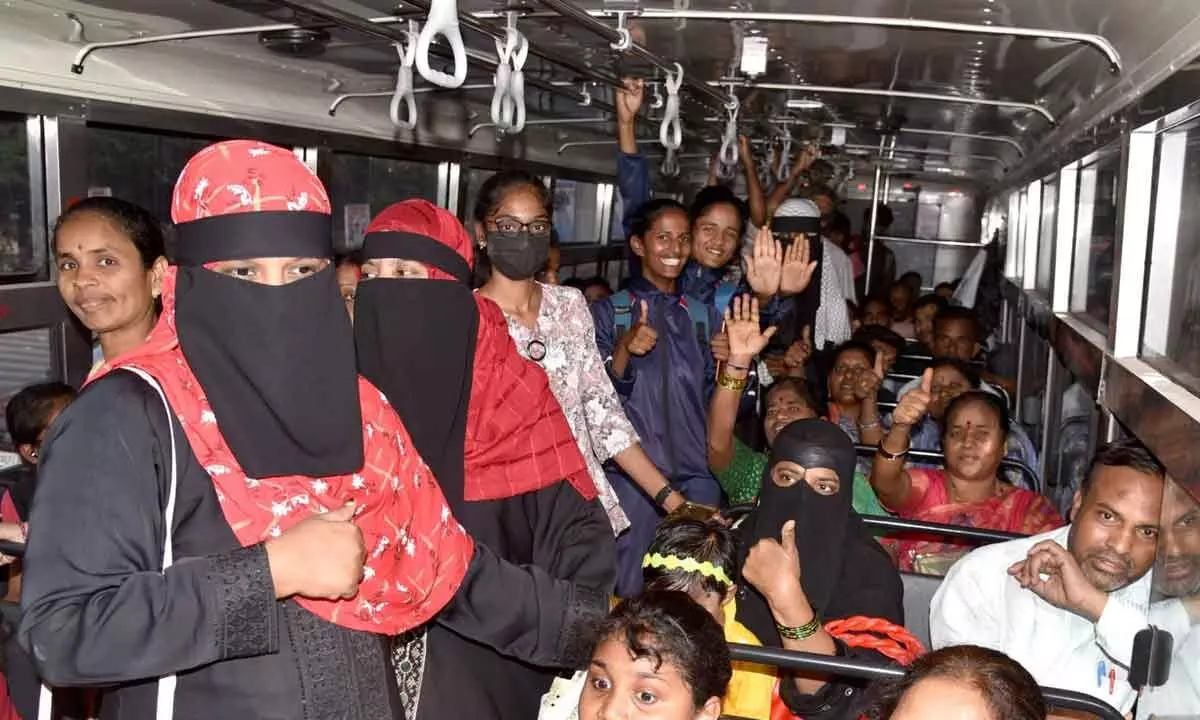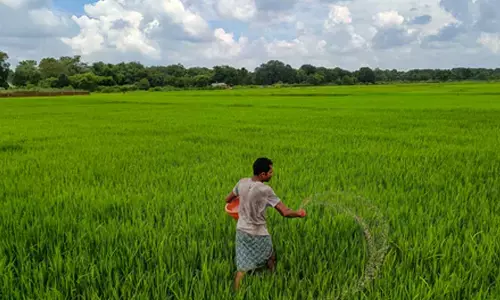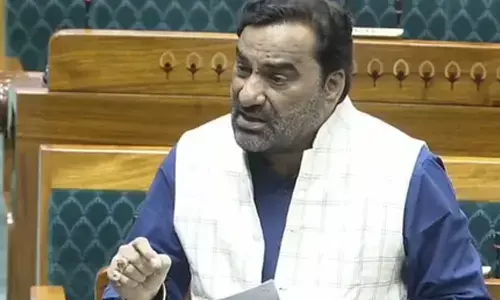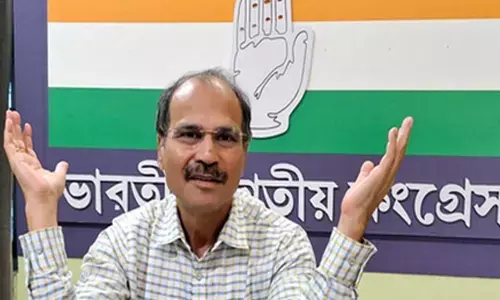Free bus ride: What it means to Nari Shakti

Hyderabad: With the implementation of the Mahalakshmi Scheme (free bus services for women), there has been a significant increase in ridership, as most of the women have opted for the free bus facility. According to urban mobility experts, this scheme has contributed to social equality by making public transportation more accessible to women, potentially empowering them by providing easier access to education, employment, and other opportunities.
With the introduction of the scheme, in this one month, we have witnessed a huge footfall in temples, especially there has been an increase in the footfall at both the Lakshmi Narasimha Swamy Temple (Yadadri) and Sree Seetha Ramachandra Swamy Vari Devasthanam (Bhadrachalam) temples and along with as there are hardly few days are left for Sankranti, as per data of TSRTC occupancy ratio have touch 140 percent in few depots.
Women passengers shared their experiences
“The implementation of this scheme has helped me to save Rs 150 daily, as daily I need to go to the Monda Market from Toopran to purchase vegetables. The launch of this scheme has helped me save money”, said Laxmi, a vegetable vendor.
Sravanthi, a homemaker, said she was travelling on a TSRTC bus for the first time after ten years, “If the state government had not implemented this scheme, I would never have visited any tourist and religious places.”
Double fleet size
According to the daily women passengers, the corporation should increase the frequency of buses. Anusha, who is a regular traveller, said, “After the implementation of the scheme, especially during peak hours the buses are plying completely packed, due to which we are sometimes forced to footboard or wait for another bus. Owing to greater passenger movement, it will be better if the corporation takes steps to increase the number of buses on every route.”
Dr Krishna Reddy Chittedi, Assistant Professor School of Economics, University of Hyderabad, said, “This scheme has helped to empower women, as transportation is the major concern for unskilled labourers, as this scheme will encourage the women to be more in participation and also it will help to boost the public transposition system, for instance, if the female is traveling along with her the family members would also travel in buses which will definitely improve the public transportation system and also public transportation infrastructure. Only challenge that I feel that implementing the scheme for everyone, as I can understand that the larger perception is that only the low-income group travel in buses but I’m afraid I have to disagree with this perception. I think there should be a minimal charge for women like we have free electricity for farmers but it is not completely free they also charge Rs 30 monthly, in similar lines for women RTC can introduce basic fare as per kilometer.”
“Mahalakshmi Scheme is a good step in improving access for women, especially among middle and low-income household groups. But these benefits can be short-lived if several other key service elements are not taken care of. This includes improving frequency to fulfill the additional demand and along with this, it will be better if TSRTC expands the public transport network to cover all areas effectively. Moreover, the financial sustainability of such schemes is challenging, it will be better if the state government balances the social objectives with financial viability which will play a vital role in the success of such scheme,” said TS Reddy, urban mobility and traffic planning expert.

















